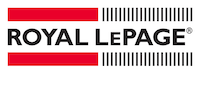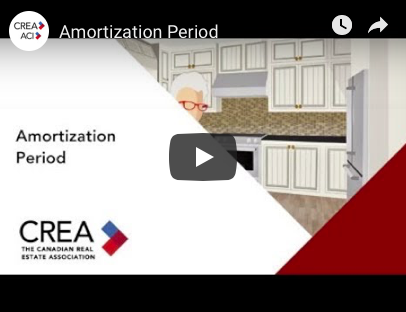Compare fixed rate and variable rate mortgages
When you are applying for a mortgage, your lender may quote on different product types available such as variable and fixed rate mortgage rates. The terms refer to the interest rate for the term of the loan, usually five years. A fixed rate mortgage has a constant, fixed rate of interest for the entire term. A variable rate mortgage will float with the prime rate. A variable rate mortgage may have a payment that is adjusted at different times during the term of the loan. This means your monthly payment could change without notice. About 30% of mortgages in Canada have a variable rate.
The difference between the variable rate and the fixed rate is a margin that you can accept or “lock-in” to a fixed rate for peace of mind. If the economic environment is slow then rates may remain low and a variable mortgage will have the lower payment. However, if the economy becomes heated and rates increase through monetary policy actions then a variable rate mortgage will see an increase in interest and payments. When you take a variable rate, you’re betting that rates will remain lower than a fixed rate.
Fixed rates tend to follow Canadian bond yields and bond yields are driven by the economy and inflation. A fixed rate loan may be steady for five years or more, depending on your choice of term. Variable rates follow the same drivers but they will readjust monthly, if required. A variable rate mortage is usually quoted as $N+Prime. If prime is 1.5% then a lender may quote “prime plus .75%” or 2.25%.
Visit these lenders to compare fixed rate and variable rate mortgages and then contact a sales representative to begin looking for a new home.
- Bank of Montreal
- Canadian Imperial Bank of Commerce
- Royal Bank
- Scotiabank
- TD Canada Trust




